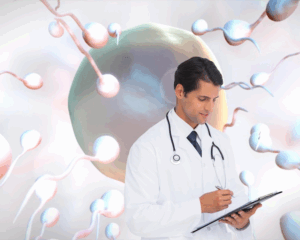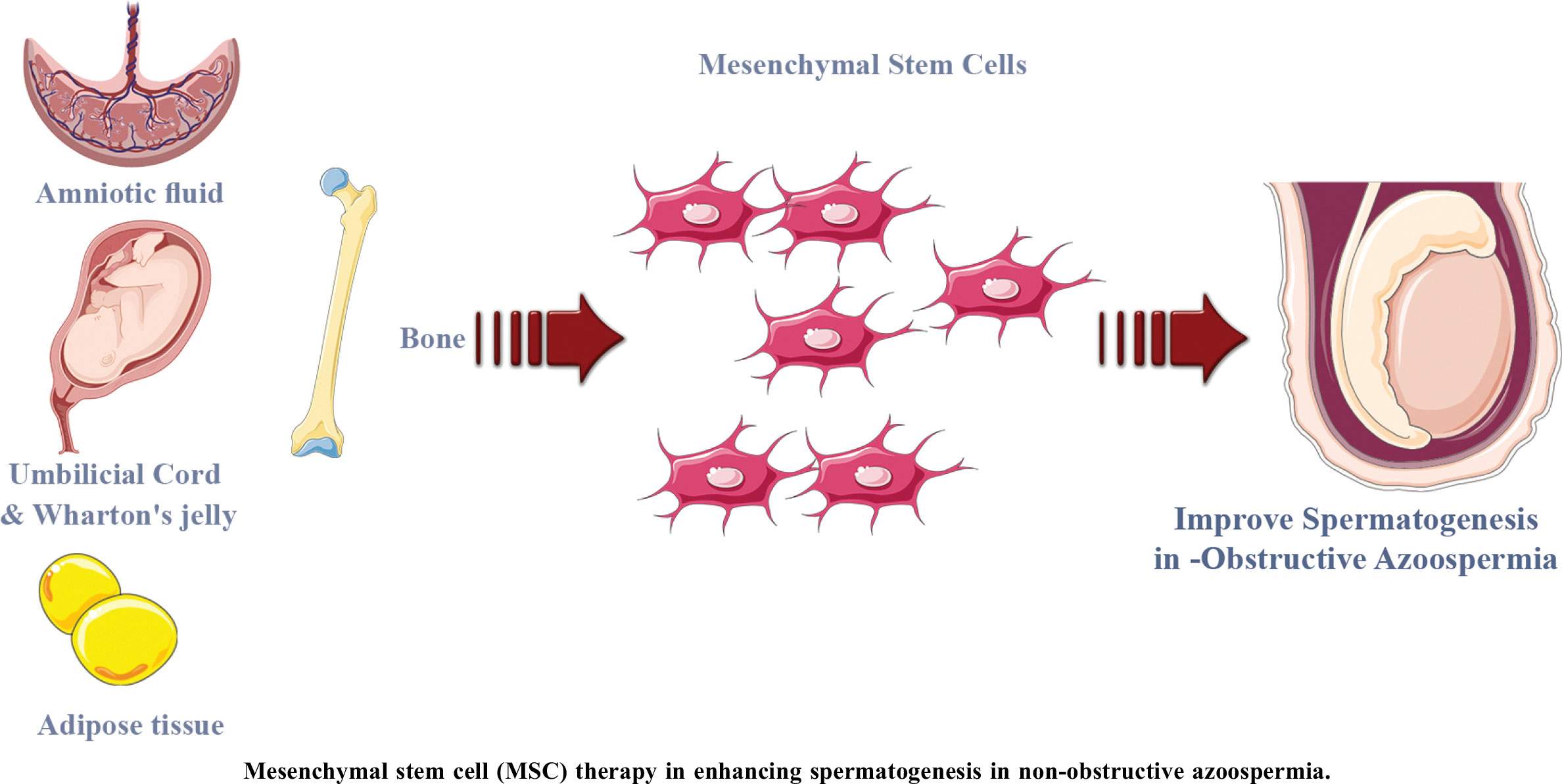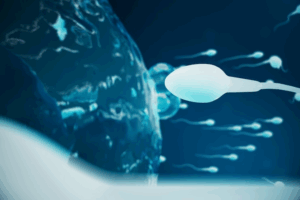
Gene therapy for azoospermia treatment
Introduction Male infertility, especially caused by azoospermia, affects millions of men worldwide. For those suffering from non-obstructive azoospermia, treatment options have been limited. However, thanks

Mesenchymal stem cells (MSCs) are revolutionizing regenerative medicine with their ability to self-renew and differentiate into specialized cells. This unique potential makes MSC therapy a promising solution for male infertility, particularly non-obstructive azoospermia (NOA).
Male infertility affects 8–12% of the global population, with NOA, caused by testicular failure, posing significant challenges. However, emerging research on MSCs highlights their regenerative properties, offering new hope for infertility treatments.
Stem cells are undifferentiated cells capable of repairing and regenerating tissue. They exhibit two key properties:
MSCs are unique due to their:
MSCs can be derived from:
MSC therapy has the potential to:
Male infertility impacts millions worldwide. Among the causes, azoospermia—a condition characterized by the absence of sperm—remains a major challenge.
NOA occurs due to intrinsic testicular failure caused by genetic, hormonal, or environmental factors. As a result, it is particularly difficult to treat.
MSCs have garnered significant attention for their ability to regenerate damaged tissue and differentiate into germ cells.
Recent studies in animal models show that MSC therapy holds immense promise for regenerating testicular function.
MSC-derived EVs have proven effective in promoting testicular recovery, reinforcing their therapeutic potential for male infertility.
Stem cell research often faces ethical scrutiny, particularly regarding sourcing and application.
Variability in MSC preparations and delivery methods presents significant hurdles for widespread adoption.
Advances in gene editing and personalized medicine are paving the way for overcoming current limitations in MSC therapy.
Robust clinical trials and supportive regulatory frameworks are essential to bring MSC therapy into clinical practice and ensure its safety and efficacy.
MSC therapy represents a groundbreaking approach to treating male infertility and NOA. While animal studies have shown significant promise, clinical trials are the next crucial step. Continued research and innovation could transform infertility treatments, offering hope to millions worldwide.
What are mesenchymal stem cells?
MSCs are multipotent cells with regenerative and anti-inflammatory properties.
How do MSCs treat azoospermia?
MSCs regenerate testicular tissue and enhance spermatogenesis by differentiating into germ cells.
Are there risks to MSC therapy?
While generally safe, potential risks include immune reactions or unregulated growth.
What is the current status of clinical trials for MSC therapy?
Currently, no clinical trials for MSC therapy in NOA exist, but animal studies show promising results.
When will MSC therapy be available for male infertility?
With successful trials, MSC therapy could become available within the next decade.

Introduction Male infertility, especially caused by azoospermia, affects millions of men worldwide. For those suffering from non-obstructive azoospermia, treatment options have been limited. However, thanks

Azoospermia is one of the most challenging causes of male infertility, often leaving men with few options and couples struggling to conceive. But today, an
PROLISTEM® is a Patented Formula
Copyright © 2025 Prolistem®